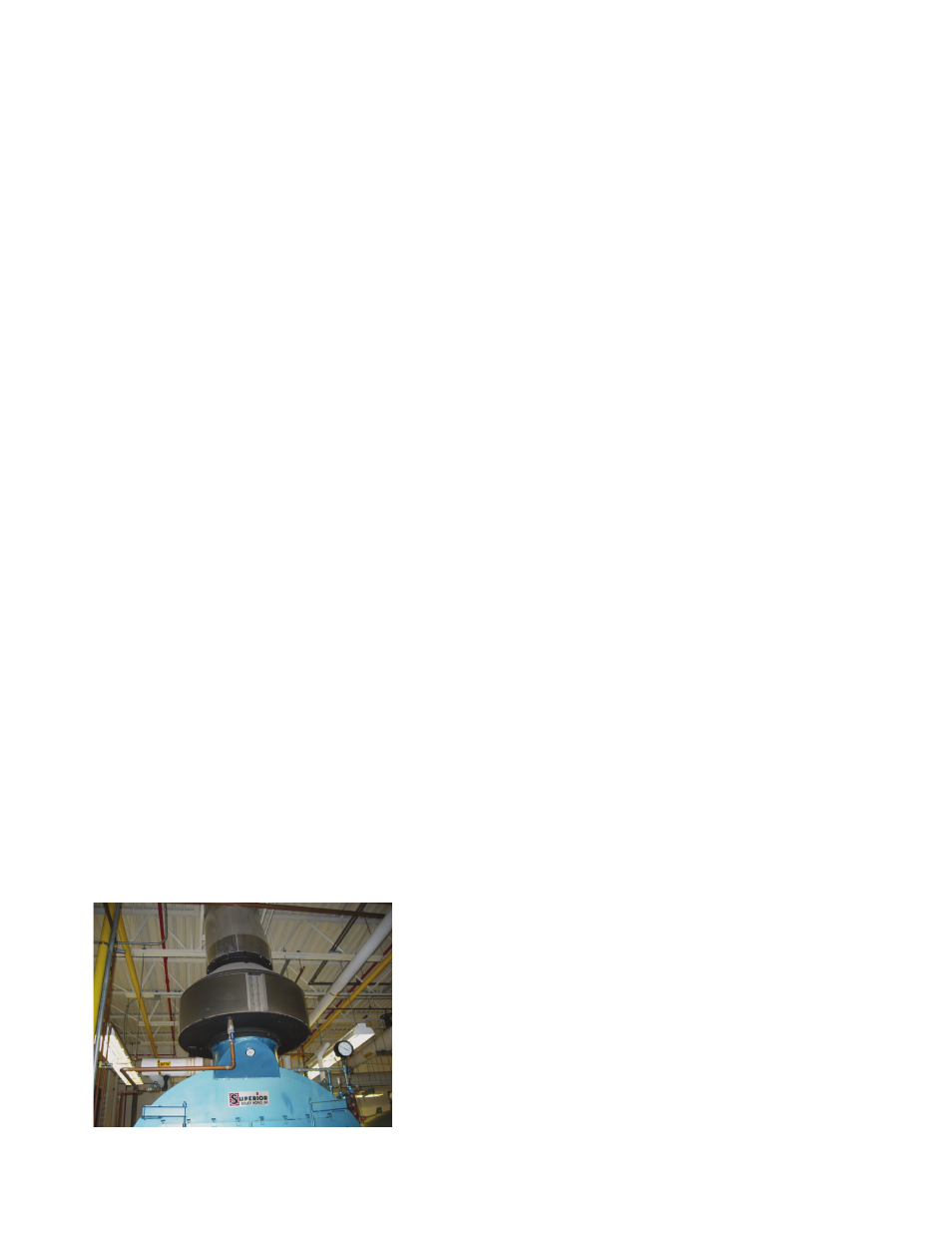Retrotec USACE User Manual
Page 255

Appendix D D125
It can take several hours to take a cold furnace or oven from room temperature
up to operating temperature, especially if a temperature over 538 °C (1,000 °F) is
desired. The rate of temperature increase of the furnace must be slow to minimize
the harmful effect of expansion on the inner refractory. As a result, high tempera-
ture furnaces and ovens will be kept at operating temperature between loads. If
the time period between unloading and the new load is short, then the operating
temperature should be maintained. But if there are several hours or a shift or two
between loads, then the temperature should be reduced to an appropriate standby
mode (Figure D201). If the furnace is not to be used for a number of days, it may
be better to turn off the burner and let it cool back to room temperature.
D.7.8.9 Use of Wet and Cold Materials to Be Heated in Furnaces
(Waste)
The loading of a furnace with wet or cold materials increases the heat required
to bring these materials up to temperature. This normally happens when they
are stored outside. It is best not to bring materials that are snow-covered or
wet and place them directly into a furnace. These materials should be brought
inside and allowed to dry and reach room temperature before loading them
into a furnace. Extra heat is required to drive off the moisture, something that
can be avoided. Also, the rapid vaporization of water in a furnace can cause
steam explosions—a safety concern when melting metals.
D.7.8.10 Using Fast Melting Rates during Low Metal Demand
Periods (Ineffi ciency)
Fast melt rates require more heat to be produced by the burner than slower
heating rates do. The burner is producing more heat, and more combustion air
is needed, which affects the effi ciency of the burner. Also, in a melt furnace,
once the metal is molten, it must be maintained as a liquid until it is poured.
Thus, in low metal demand periods, the rate of metal melting should be in
relation to the demand. It takes energy to keep the metal hot and in a molten
state. Also, the metal will oxidize quickly in this state, and efforts are needed to
minimize this and to remove the metal that has oxidized.
D.7.8.11 Clean Exhaust Air Warmer Than 93 °C (200 °F) Being
Exhausted Outside (Waste)
Figure D202. Economizer installed in stack
to preheat boiler water. Note thermometer
before economizer in stack for temperature
measurement.
